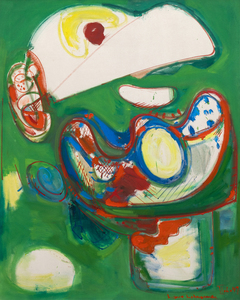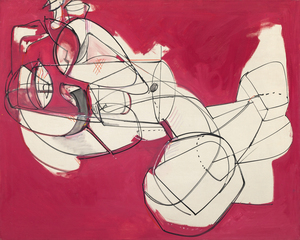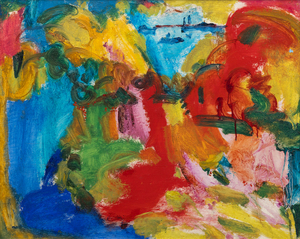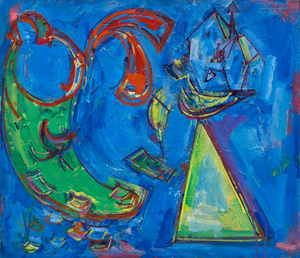Vous souhaitez personnaliser vos préférences en matière d'art ?
L'éducation est de la plus haute importance chez Heather James Art Advisory. Que vous soyez un collectionneur chevronné ou débutant, nous visons à évoluer avec nos clients et nous croyons fermement à la fourniture d'informations et de conseils pour aider nos clients à apprendre et à cultiver leurs intérêts en matière d'art.
Heather James Art Advisory met à profit des décennies d'expérience en matière de conservation, grâce aux conseils de notre équipe de conservateurs principaux qui ont organisé des expositions dans le monde entier, dans des musées, des galeries et des résidences privées. En associant des éléments esthétiques et historiques de l'art, nous aiderons votre collection et votre maison à refléter vos intérêts artistiques.
HJ Art Advisory fournit une logistique complète lors de la manipulation, du transport et de la supervision des œuvres d'art de nos clients. Notre surveillance porte sur tous les aspects de l'entretien de l'œuvre d'art. Nous supervisons chaque étape du processus de transport, d'installation et de stockage des œuvres d'art. Nous conseillons et facilitons la conception de l'encadrement, l'éclairage, les exigences en matière de sécurité, la conservation et l'évaluation de l'état des œuvres.
Heather James a eu l'honneur de faciliter les prêts aux plus grands musées du monde, notamment le MoMA, le Centre Pompidou et bien d'autres encore. HJ Art Advisory s'occupe de toutes les formalités administratives et logistiques nécessaires pour nos collectionneurs qui décident de prêter une œuvre d'art à une exposition muséale.
HJ Art Advisory se concentre sur la recherche d'œuvres d'art pour des acquisitions potentielles à partir de ventes privées, de maisons de vente aux enchères et de commandes d'artistes. HJ Art Advisory surveille en permanence le marché privé et public à la recherche d'œuvres d'art importantes qui intéressent nos clients et qui enrichiront leurs collections. Nous négocions la vente ou le prix de vente au nom d'un collectionneur afin d'obtenir la meilleure transaction possible pour nos clients.
Le groupe HJ Art Advisory évalue les collections d'œuvres d'art en vue de leur évaluation par les assurances, de leur acquisition et de leur cession. Cela implique des recherches approfondies sur l'analyse du marché de l'art privé et public afin de déterminer la valeur.
HJ Art Advisory applique les normes les plus strictes en matière de diligence raisonnable par le biais d'enquêtes, de recherches et de vérifications de la provenance des objets avant leur acquisition, afin de s'assurer qu'un titre de propriété clair peut être obtenu. Ces recherches comprennent, sans s'y limiter, la détermination des éléments suivants
HJ Art Advisory travaille avec et pour le compte de clients qui développent de nouvelles collections ou qui possèdent des collections bien établies, en leur fournissant des conseils et une offre de services approfondie. Nos connaissances et notre expérience approfondies, ainsi que nos nombreuses années d'expérience dans le secteur de l'art, permettent à notre personnel hautement qualifié et expérimenté de fournir des conseils et des orientations à de multiples niveaux.





